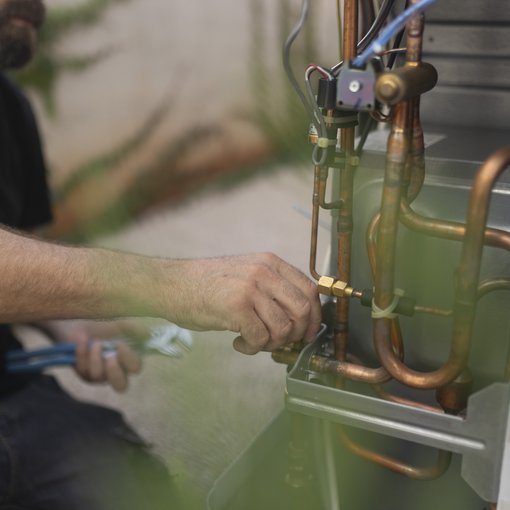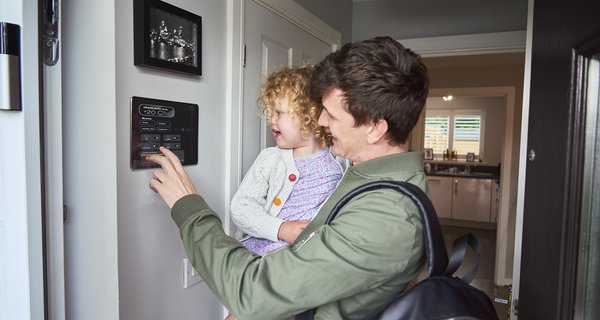Introduction
One in five households in the UK lives within the private rented sector (PRS), yet accounts for only 11% of all installed domestic heat pumps. This disparity may come from the lack of perceived rewards from installing a heat pump for landlords, who typically shoulder the upfront costs of installation without living with the benefits. This tension, known as the split incentive, has slowed down decarbonisation in the PRS.
Low heat pump uptake also likely owes to the different composition of housing in the PRS, where flats are overrepresented. For example, in England, purpose-built flats make up 29% of dwellings and converted flats 12%, when only 21.7% of Census respondents in England and Wales report living in a flat, maisonette or apartment. However, a large share (34%) of privately rented homes are terraced houses, where low-carbon heating sources are more likely to be suitable options. In the long term, this situation increases the risk of leaving behind a cohort of households that may find themselves facing more expensive bills due to volatile gas prices. Worryingly, the English Private Landlords Survey found that 65% of landlords with properties under EPC D stated they did not plan to upgrade their properties to make them more energy efficient. Private landlords with smaller portfolios and limited cash flow, restricting their ability to conduct extensive upgrades, are also likely to struggle to meet the demands of decarbonisation.
In this report, we focus on individual landlords with fewer than 10 properties, who make up a large share of private landlords. In England, for example, they account for 88% of landlords and 63% of tenancies according to the English Private Landlord Survey. This project sought to explore whether variables such as portfolio size, landlords’ financial circumstances and environmental motivations could play a part in small landlords’ perception and willingness to install low-carbon heating technologies in their rental properties, and what services or support might incentivise uptake. Using interviews helped highlight the complexities of landlords’ positions, including reflecting contradictions between stated environmental beliefs and reticence to enact them in their rental properties if it meant additional investments, even as they hold all the levers to upgrade the properties their tenants live in, highlighting the need for legislative action to drive change. For this phase of the project, we did not engage with tenants, as tenants currently do not have the means to install heat pumps in properties of their own accord.
Previous research has explored the general problem of retrofitting the PRS (see Centrica and National Retrofit Hub); our project focused on understanding barriers faced by landlords in the context of heat pump installation, where the benefits to tenants may be less clear. In the absence of levy reform, the high price of electricity relative to gas could result in higher bills for tenants, particularly those who are currently underheating their homes to save money.
We interviewed 13 landlords in order to understand their practical concerns and how they would approach heat pump installation in their rental properties. The interviews included discussions about their experiences of renting property and making them more energy efficient, including questions about their awareness of their properties’ carbon emissions. To unpack the practicalities of sourcing, installing, and maintaining a heat pump, we also used a hypothetical scenario asking landlords what they would do if they were required to install a heat pump in their rental properties by 2030. Finally, we produced personas based on desk-based research and refined them through exploration of our interview findings.
While these findings will require further validation and were based on a small number of interviewees, this project allowed us to develop an understanding of how landlords’ individual financial strategies and motives could impact their willingness to fit heat pumps in their rental properties. This research aims to support future engagement with this cohort, as policymakers give renewed attention to the problem of decarbonising the PRS.







